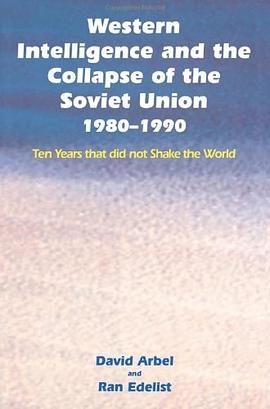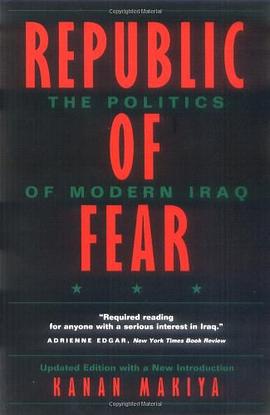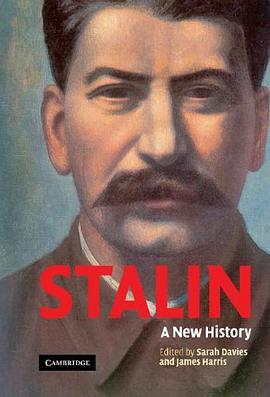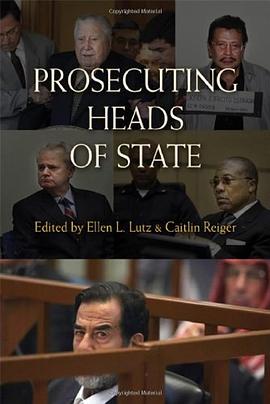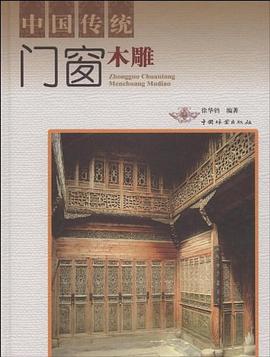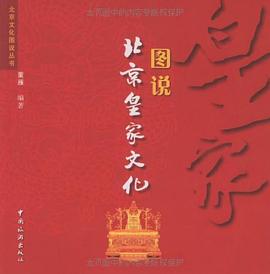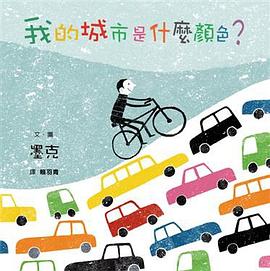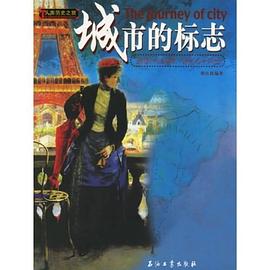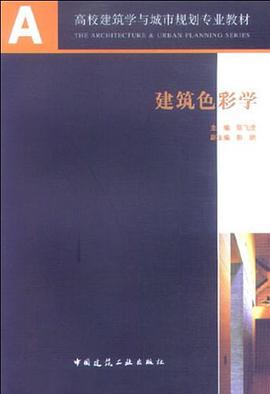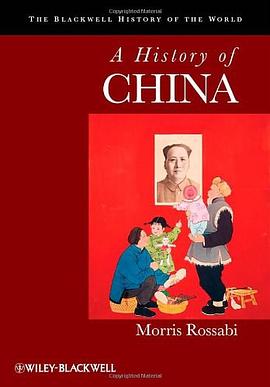
A History of China pdf epub mobi txt 电子书 下载 2026
- 罗茂锐
- 社会运动
- 社会学
- 海外中国研究
- 政治社会学
- 政治学
- 威权主义
- 中国政治
- 中国历史
- 历史书籍
- 古代中国
- 中华文明
- 王朝更替
- 文化发展
- 社会变迁
- 地理历史
- 学术著作
- 通史

具体描述
Brand New Book. Capturing China s past in all its complexity, this multi-faceted history portrays China in the context of a larger global world, while incorporating the narratives of Chinese as well as non-Chinese ethnic groups and discussing people traditionally left out of the story--peasants, women, merchants, and artisans. Offers a complete political, economic, social, and cultural history of China, covering the major events and trends Written in a clear and uncomplicated style by a distinguished historian with over four decades of experience teaching undergraduates Examines Chinese history through the lens of global history to better understand how foreign influences affected domestic policies and practices Depicts the role of non-Chinese ethnic groups in China, such as Tibetans and Uyghurs, and analyzes the Mongol and Manchu rulers and their impact on Chinese society Incorporates the narratives of people traditionally left out of Chinese history, including women, peasants, merchants, and artisans.
作者简介
Morris Rossabi is Distinguished Professor of History at City University of New York and Adjunct Professor at Columbia University. Born in Alexandria, Egypt, he received a Ph.D. in Chinese and Central Asian History at Columbia University. He is the author of many books on Asian history, including Modern Mongolia: From Khans to Commissars to Capitalists (2005), Khubilai Khan: His Life and Times (1988 and 2009), and Voyager from Xanadu: Rabban Sauma and the First Journey from China to the West (1992). Formerly Chair of the Arts and Cultures Board of the Open Society Institute, he has collaborated on exhibitions at the Metropolitan Museum of Art and the Cleveland Museum of Art.
目录信息
Preface xv
Acknowledgments xix
List of Illustrations xxi
List of Maps xxv
A Note on Romanization xxvi
PART I CHINA AMONG “BARBARIANS” 1
1 Early History, to 1027 bce 3
Land and Settlement 3
Early Mankind 5
Agricultural Revolution in the Neolithic Era 6
Xia: The First Dynasty? 12
The Shang and the Origins of Chinese Civilization 16
Oracle Bones 17
Ritual Objects as Historical Sources 19
Shang Society 21
Notes 23
Further Reading 24
2 Classical China, 1027–256 bce 25
“Feudalism”? 25
Changes in Social Structure 31
Political Instability in the Eastern Zhou 31
Transformations in the Economy 35
Hundred Schools of Thought 36
Daoism 38
Popular Religions 41
Confucianism 42
Mohism 48
Legalism 50
Book of Odes and Book of Documents 53
Secularization of Arts 56
Notes 57
Further Reading 57
3 The First Chinese Empires, 221 bce–220 ce 59
Development of the Qin State 61
Qin Achievements 63
Failures of the Qin 66
Han and New Institutions 70
Han Foreign Relations 73
Emperor Wu’s Domestic Policies and Their Ramifications 78
Wang Mang: Reformer or Usurper? 81
Restoration of a Weaker Han Dynasty 82
Spiritual and Philosophical Developments in the Han 86
Han Literature and Art 89
Further Reading 96
4 Chaos and Religious and Political Responses, 220–581 97
Three Kingdoms 97
Rise of South China 100
Foreigners and North China 102
Northern Wei 104
Spiritual Developments, Post-Han 109
Buddhism Enters China 110
Literature, Science, and the Arts in a Period of Division 116
Notes 121
Further Reading 121
PART II CHINA AMONG EQUALS 123
5 Restoration of Empire under Sui and Tang, 581–907 125
Sui: First Step in Restoration 127
Disastrous Foreign Campaigns 132
Origins of the Tang 133
Taizong: The Greatest Tang Emperor 135
Tang Expansionism 137
Irregular Successions and the Empress Wu 139
Tang Cosmopolitanism 142
Arrival of Foreign Religions 144
Glorious Tang Arts 151
Decline of the Tang 153
Tang Faces Rebellions 157
Uyghur Empire and Tang 158
Tang’s Continuing Decline 160
Suppression of Buddhism 162
Final Collapse 164
Efflorescence of Tang Culture 166
Notes 171
Further Reading 171
6 Post-Tang Society and the Glorious Song, 907–1279 173
Five Dynasties and Ten Kingdoms 173
Song: A Lesser Empire 177
A New Song Elite 179
Neo-Confucianism: A New Philosophy 182
Attempts at Reform 183
Women and the Song 188
The Khitans and the Liao Dynasty 190
Expansion of Khitan Territory 192
Preservation of Khitan Identity 192
Fall of the Liao 194
Xia and Jin: Two Foreign Dynasties 195
Song Arts 197
Southern Song Economic and Cultural Sophistication and Political Instability 202
Notes 206
Further Reading 206
PART III CHINA AND THE MONGOL WORLD 209
7 Mongol Rule in China, 1234–1368 211
Rise of Chinggis Khan 213
Legacy of Chinggis Khan 215
Expansion and Early Rule of Empire 215
Sorghaghtani Beki, Möngke, and Khubilai 217
Unification of China 218
Khubilai’s Policies 219
Multiethnic and Multireligious China 220
Khubilai and Chinese Culture 222
Decline of the Yuan 226
Legacy of the Mongols 229
Notes 231
Further Reading 231
8 Ming: Isolationism and Involvement in the World, 1368–1644 233
A More Powerful State 236
Opening to the Outside World 240
A Costly Failure 244
Conspicuous Consumption 245
Arts in the Ming 246
Neo-Confucianism: School of the Mind 251
A Few Unorthodox Thinkers 253
Ming Literature 254
Buddhism: New Developments 258
Social Development and Material Culture 259
Violence in the Sixteenth Century 261
Fall of the Ming Dynasty 263
Further Reading 267
PART IV CHINA IN GLOBAL HISTORY 269
9 Early Qing: A Manchu Dynasty, 1644–1860 271
Preserving Manchu Identity 275
Kangxi and the Height of the Qing 275
Western Arrival 276
Jesuits in China 278
Expansion of China 280
Qing Cultural Developments 284
Qing Faces Economic Problems 287
Stirrings of Discontent 289
The Western Challenge 290
Opium Wars 293
Explanations for the Decline of the Qing 298
Further Reading 299
10 Late Qing, 1860–1911 301
Nian and Other Minor Rebellions 302
Taiping Rebellion 303
Other Rebellions 307
Foreign Threats 311
Differing Court Responses to Challenges 313
Antiforeign Acts and Foreign Reactions 317
Losses in Southwest China 319
Japan Emerges 320
Sino–Japanese Conflict 321
Scramble for Concessions and US Response 323
China Humiliated and the Reformers 324
Boxer Movement 326
Court Reforms 329
Fall of the Qing 331
Notes 332
Further Reading 332
11 The Republican Period, 1911–1949 333
The 1911 Revolution and Its Aftermath 335
Warlords in Power 337
The May Fourth Movement and Intellectuals in
the Post-First World War Period 340
Communist Party 343
Rise of Chiang Kai-shek 346
Guomindang Dominance 349
Communist Party Revival 354
Long March and Aftermath 356
The Sino–Japanese War 358
The Pacific War, the Communists, and the Guomindang 361
Civil War in China 364
Further Reading 366
12 The Communist Era in China, 1949 Onwards 369
Early Pacification of Border Areas 371
Early Foreign Relations 374
Recovery from Wars 376
Cracks in the Communist World 380
Great Leap Forward 382
Return to Pragmatism 385
An Isolated China 386
Great Proletarian Cultural Revolution 387
China Reopens Its Doors 390
Dramatic Changes and Modernization 395
The Present Status of China 403
Further Reading 412
Index 413
· · · · · · (收起)
读后感
评分
评分
评分
评分
用户评价
相关图书
本站所有内容均为互联网搜索引擎提供的公开搜索信息,本站不存储任何数据与内容,任何内容与数据均与本站无关,如有需要请联系相关搜索引擎包括但不限于百度,google,bing,sogou 等
© 2026 book.quotespace.org All Rights Reserved. 小美书屋 版权所有

